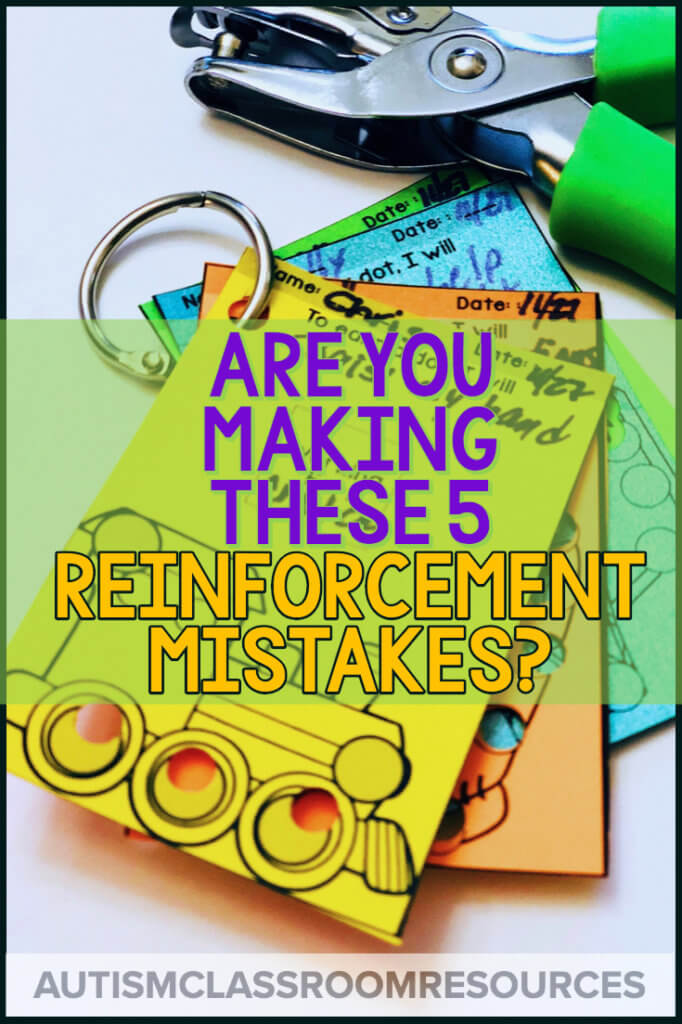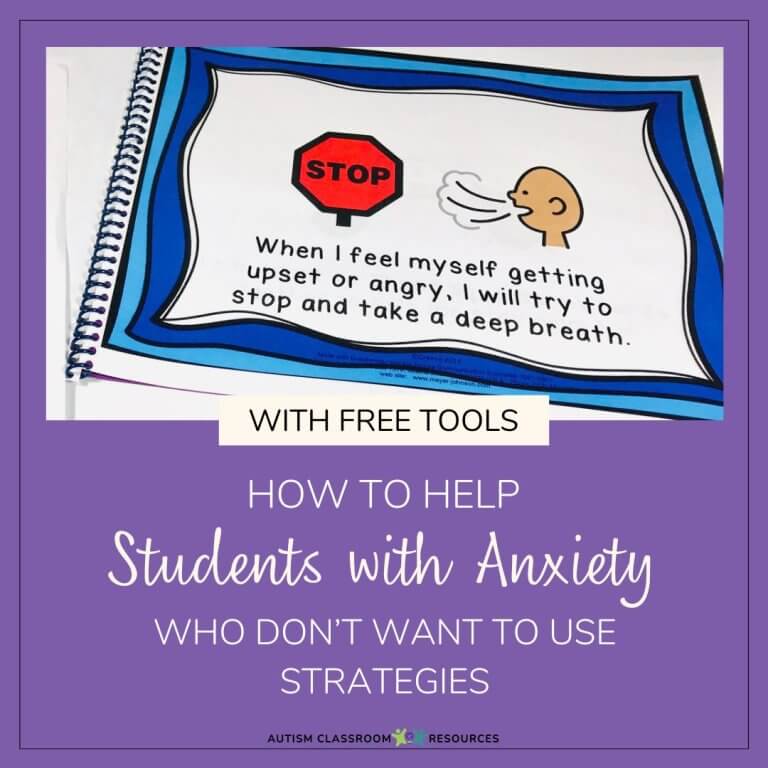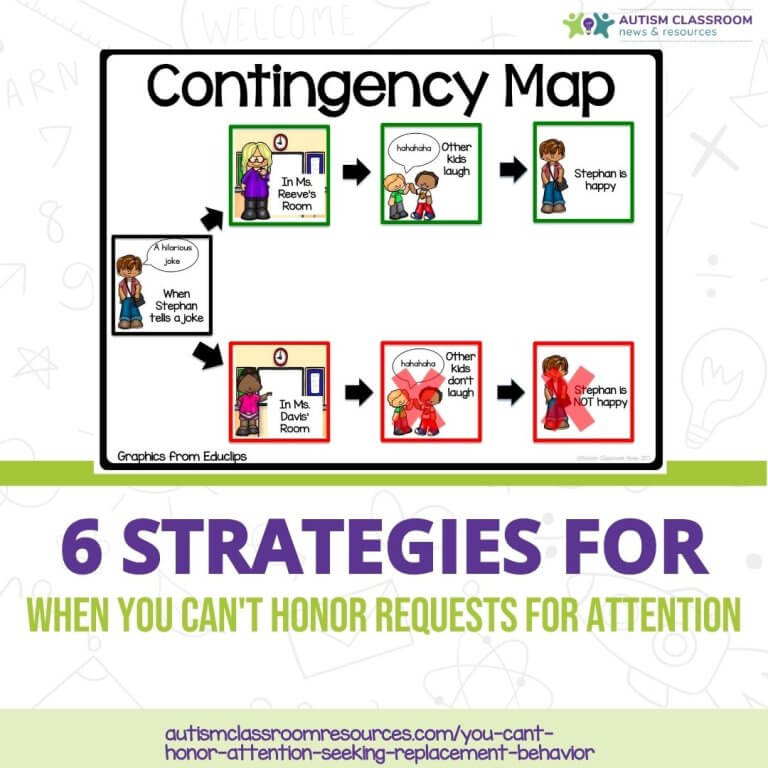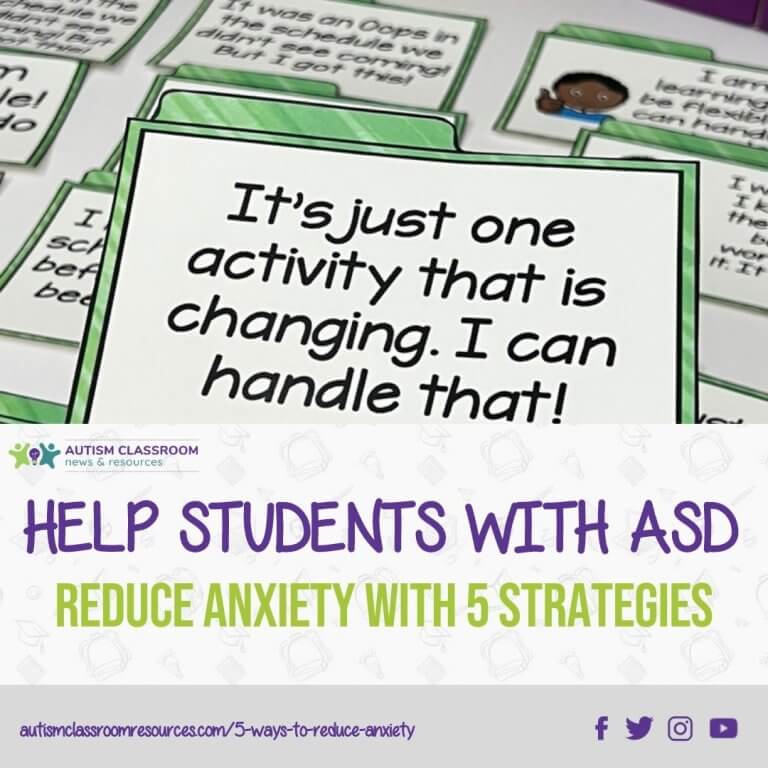Sharing is caring!

We all know that reinforcement is a key component of learning for our students in special education. Really it’s a key component of all people’s learning…students or not. Reinforcement may seem easy, but did you know there are lots of ways that we can screw it up?
Sometimes without even meaning to, we undermine our attempts to improve behavior with these mistakes. And our students’ behavior doesn’t improve.
So today I wanted to talk about 5 common mistakes I see –and ways you can avoid making them.
MISTAKE 1: Failing to Find Real Reinforcers
By definition, reinforcers are defined by their function. If they increase the behavior they follow, they are reinforcers. If the behavior they follow doesn’t increase, they are not a reinforcer.
Too often, we sabotage our reinforcement efforts in addressing challenging behavior because we don’t do a thorough job of figuring out what actually works as a reinforcer for the individual. Instead, we use something generic, like a treasure box or videos. Those may be reinforcing for some students’ behaviors but not others.
Often when a teacher tells me that reinforcement isn’t working…it means that our attempts at reinforcement aren’t working. And 9 times out of 10 it’s because what we thought was a reinforcer for the student was not.
Solution: So, for each student, as we try to increase positive behavior (to decrease negative behavior) we have to figure out what the potential reinforcers are for that student and for that behavior. And we have to determine whether it works as a reinforcer for that behavior.

You can find information on the process of determining preferences, doing reinforcer assessments and testing out reinforcers in this post.
MISTAKE 2: Failing to Define Clear, Observable Behavior to Reinforce
One of the biggest and most frequent mistakes I see is trying to reinforce the absence of something. But really, you can’t do that. Reinforcement, by definition, increases behavior it follows. If the behavior doesn’t increase, then it’s not reinforcement. That’s just the definition.
So, with that in mind, we can’t reinforce the absence of behavior because there is no behavior to increase. Bear with me, I know this is getting a little like trees falling in the forest, but it does make a difference.
Therefore, if we have to use reinforcement to increase behavior, we have to choose behaviors carefully. We want behaviors that decrease negative behaviors when we increase the positive ones.
So outline specific replacement and incompatible behaviors to the ones you want to see decrease. As positive behaviors increase, negative behaviors decrease. However, you will make this even more powerful if you make the replacement behaviors related to the function of the negative behavior. To do that, make sure to complete a good functional behavior assessment.

Because, when we use reinforcement to increase positive behavior we have to see the positive behavior we want to reinforce. So it’s also important that we choose behavior we can observe.
MISTAKE 3: FAILING TO COMMUNICATE EXPECTATIONS AND REINFORCEMENT TO THE STUDENt
Yes, we can reinforce behaviors without ever talking to the student about the reinforcement. We can test and try and see what works. But, if we are using reinforcement to address challenging behavior (by increasing positive behaviors), then we are best off telling the students what behaviors are going to be reinforced.

In fact, we often use token systems or points systems as a way to increase behavior. But it’s important that we define specific behaviors to increase (#1) and it helps to tell the student what these behaviors are. The student’s behavior will increase if you use reinforcers following those behaviors regardless of whether you tell them what they are. But telling them the expectations that will earn those reinforcers will make the learning more efficient.
Solution: Always make sure that you have clearly communicated behaviors you are looking for in the system presented to students.
Mistake 4: Waiting Too Long to Reinforce Appropriate Behaviors
Too often, we think that a student can wait for a whole day (or a week!) to get a reinforcer. And then we wonder why “reinforcement doesn’t work.” It’s not that reinforcement doesn’t work, it’s that we are not doing it right.
Simply put, the sooner a reinforcer is provided after the behavior you wish to increase, the faster the learning will take place. As students become more able to delay gratification and have language and communication to mediate expectations, we can start to delay when reinforcement is provided. BUT, we often jump to do this too soon.
Solution: Use points and tokens as conditioned reinforcers that the student learns to count and track. That way the tokens themselves become reinforcers of a lower value. But, introduce them slowly. Start with earn 1 point or token, get a reinforcer. Then 2, 3, 4, etc. as the student is successful.
Mistake 5: Not Taking Data to Monitor If It Is Working
So often, when we put a behavior plan in place, we think the behavior improves. But sometimes it’s just because have a plan so it’s not as stressful for us. The best way to see if your reinforcement is working to increase the positive behavior is to take data. And the best way to determine if the negative behavior is reducing, is to take data. It’s important to take data on both types of behavior to see if your efforts are working.
Need data collection tools for tracking negative and positive behaviors?
Editable Behavior data sheets
Looking for data sheets that self-graph? Or quick and easy behavior rating data sheets? Click the pic to check out this editable set in my TpT Store!
Until next time,







